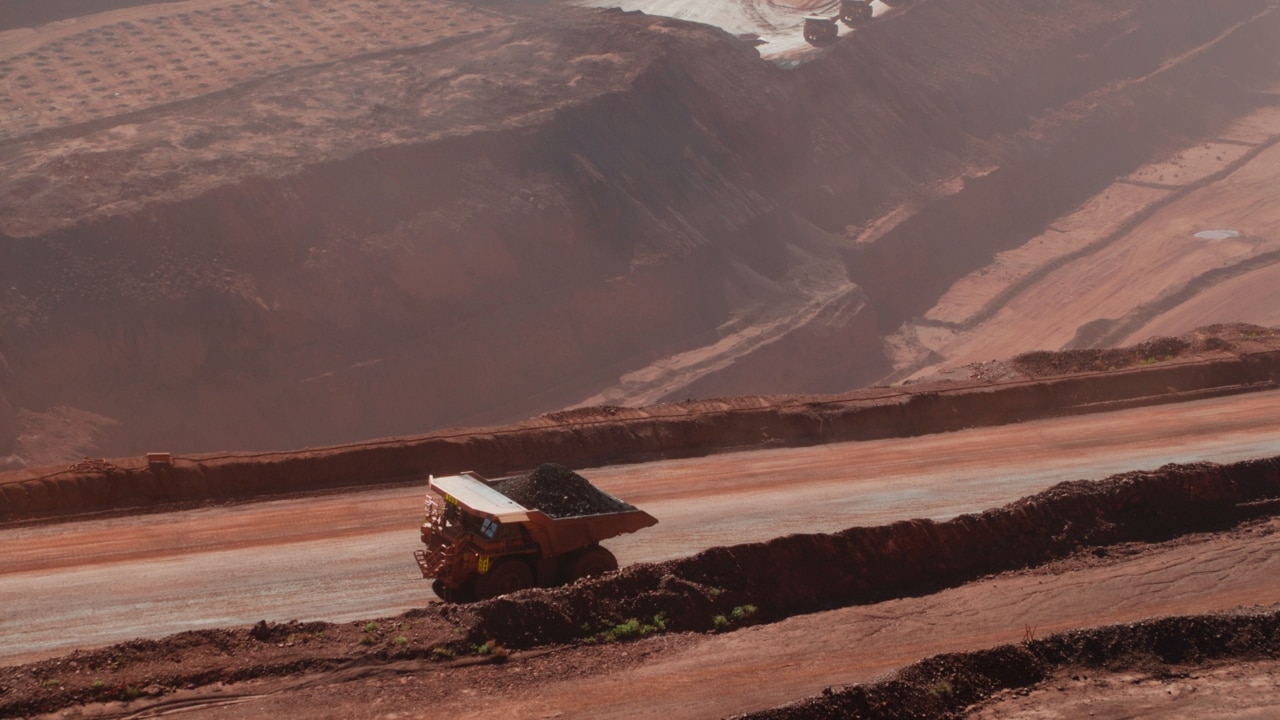
The pencilling of around $US10bn ($15.5bn) in new spending for each of the next two years pushes even higher over the medium term. This is likely to peak at almost 70 per cent of BHP’s free cashflow, given the payday remains years off.
And while Henry is characteristically understated about his slate of mega-mines, the net effect is that they stand to transform BHP by the end of the decade.
They will pull BHP away from its heavy reliance on the iron ore fields of the Pilbara – currently 60 per cent of earnings – and deliver it a more balanced portfolio across its selected future-facing commodities of iron ore, copper and nickel and met coal as well as a new long-term income stream from potash.
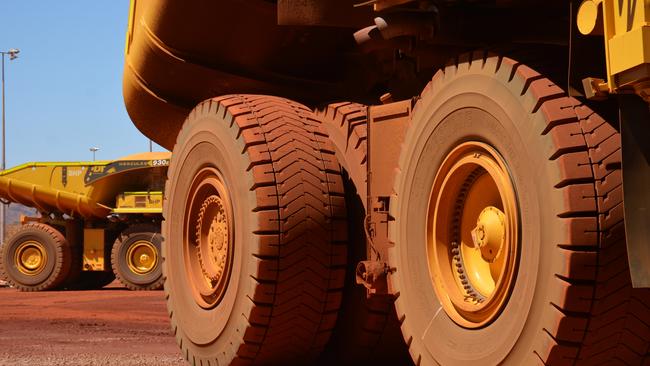
Still, all this spending comes amid a backdrop of choppy commodity prices and high inflation, while BHP’s line-in-the-sand 50 per cent minimum dividend payout ratio means it’s going to be a lean few years before new projects start meaningfully adding to BHP’s cashflows.
It is likely that BHP will again have to rely more heavily on debt to bridge the gap between payout and payday.
If BHP were just starting out, the coming years would be known as the Valley of Death; that is, a hockey stick-shaped strain on finances before a new product or business delivers commercial payback.
Given BHP is spitting out more than $US5.6bn in free cash annually on the back of underlying earnings of $US28bn there’s nothing lethal sitting in the miner’s way, although the coming two years will certainly represent a valley of stress, of sorts.
After paying $US7bn for copper miner Oz Minerals, for the first time in years BHP has found itself being in the position of asset rich, but cash poor. The miner had to borrow to help fund $US13.3bn in dividend payments. This means BHP has gone from a position of having zero debt this time last year to $US11.2bn. The debt load comes while its key commodities of copper, iron ore and nickel face a short term pullback, while even good borrower BHP can’t escape high global interest rates.
Mr Henry acknowledges there will be a “timing mismatch” between when billions of dollars are spent on new mining projects and production. But the reason for this is because BHP is “investing in future growth”, the chief executive tells The Australian.
He was talking after BHP booked a net profit of $US13.4bn ($20.9bn) for the year to end-June. This was down 37 per cent on the same time last year, largely as a result of a sharp pullback in prices across iron ore, metallurgical coal, and copper.
Going for growth
Medium-term builds planned include the massive Jansen Stage 1 potash project in Canada where $US6bn needs to be spent before production is slated to come on-stream after mid-2026. Oz Minerals allows BHP to join the dots in copper in South Australia putting it on an aspirational target of 500,000 tonnes a year. This coming year it hopes to hit as much as 340,000 tonnes. Elsewhere the West Musgrave nickel project it also inherited through Oz Minerals should start producing early in 2026. There’s also spending to come on the Pilbara cash machine which could lift iron ore production above 305 million tonnes a year from 2028. Ultimately BHP wants to move to 330 million tonnes of iron ore production beyond the end of the decade. In addition to the new growth there’s about $US4bn earmarked for decarbonisation spending through to the end of the decade.
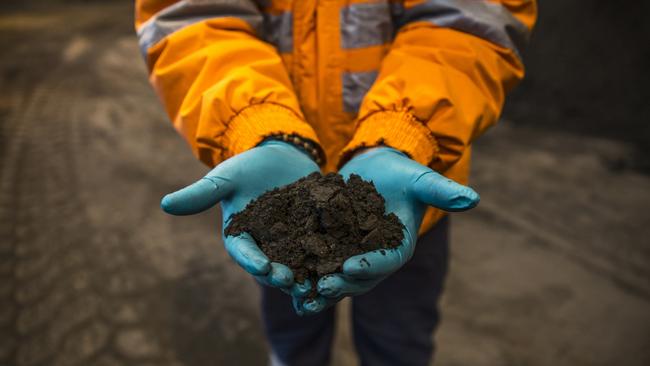
“Because of the strong performance in other parts of our business, and because of the way that we’ve thought about the balance sheet and the discipline we’ve adopted around capital allocation, that (capital investment) is something that can be fully accommodated,” Henry says in an interview.
If commodity prices turn worse-than-expected, there is flexibility in the capital commitments to pull back in some areas, he adds. However he intends to run BHP for the medium-to-long term, not shorter swings in markets. Capital commitments means debt will stay on BHP’s balance sheet in the near future and is likely to hold at the upper end of its new preferred $US5bn-$US15bn target range in the near term.
Henry says it is all relative and on any reading this should not be regarded as an excessive net debt range given the size of BHP’s balance sheet.
China consumer
Few other western companies have a deep look into the broader health of the Chinese economy like BHP and its mining rival Rio Tinto. Both sell billions of dollars of iron ore, copper – and also coal for BHP – all to feed the China’s giant industrial machine.
And the outlook toward the world’s second-biggest economies and most influential driver of the price of mining commodities has fast soured as a Chinese property slump has weighed on consumer confidence there. The housing downturn too has weighed on both local government finances and private sector confidence levels. Housing remains a big driver of demand for steel output.
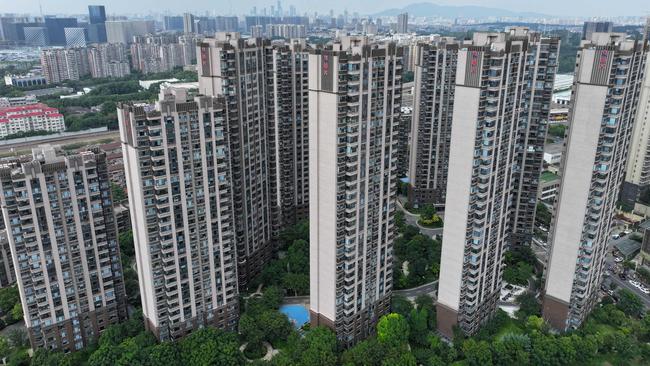
There is no more important consideration for the confidence levels of Chinese consumers than real estate prices, with more than 90 per cent home ownership and around 70 per cent of wealth held in this asset class.
This has undermined the much anticipated recovery coming out of Covid-19, with the economy now flirting with inflation and unemployment rising. Chinese authorities are trying to spur on growth through a raft of stimulatory efforts, although efforts have so far been mixed. China this week cut its benchmark lending rate, although surprisingly it has held back on cutting rates more closely tied to mortgages. China remains in a bind because it has limited capacity to put more debt on local governments, which are the big drivers of infrastructure spending.
Henry is still keeping faith with China, even as he acknowledged momentum has slowed, particularly through the June quarter and the outlook “remains uncertain”.
China as well as India have been important over the past year as the rest of the world has slowed. Henry says both countries have been “sources of relative stability” for commodities in the face of broader global uncertainty.
But the BHP boss expects growth in China to pick up towards the December quarter and into calendar 2024, with Chinese authorities recognising the problem and already taking steps to provide support.
Henry says there are other areas across China providing underlying strength for the economy, particularly for steel. This ranges from infrastructure building, green energy infrastructure, car manufacturing and even in the property sector housing completions remain strong.
Even so, BHP has trimmed back its expectations for Chinese steel production for the coming year, although that was from near record high production last year.
“It’s the housing starts where we’re yet to see things unlocked despite the clear signalling from China’s central government of more supportive policy. Because of a lack of confidence that’s not yet fully translating to outcomes on the ground, but that’s recognised at the central level,” Henry said earlier Tuesday.
Henry points out BHP has a business that is “conditioned for all seasons”, not just boom times.
Westfield in pink
Barbie. Amy Shark. Jessica Mauboy. These are names you don’t expect to hear through the ASX’s numbers-heavy earnings season, but they individually represent serious business for mall operator Scentre.
They are attractions through film or music shows to keep people flocking through the doors of Scentre’s Westfield-branded shopping malls across Australia. As inflation and higher interest rates curb consumer spending, Westfield is going all out building up the experiences at its malls.
Scentre boss Elliott Rusanow is going big on experiences given it remains the proven formula of increasing foot traffic through his shopping malls. And from this there is a direct link to more spending in Westfield’s shops, stalls and food courts.

Hiring pop singer Amy Shark for a show may not be cheap, but it helps keep Scentre’s capex costs down by curbing the amount of redevelopments it needs to run simultaneously.
Scentre’s Rusanow says shopping malls are all “competing for more people and their time”. The battle is on in order to capture more of their consumption.
Rusanow tells The Australian that 314 million people have visited his malls since the start of the year, that’s up almost 10 per cent on the same time last year. The increased foot traffic has come about despite a clearly tougher economic environment for retail.
“A lot more people are being driven by a very active and deliberate strategy of giving people a reason to come and that has seen businesses that take space in one of our destinations generate $27.8bn which is a record amount of activity”.
Scentre which operates 42 malls across Australia and New Zealand posted a 10 per cent increase in underlying earnings to $951.5m for the June half. Sales for the half were up 9.1 per cent to just over $13bn. Distribution per security of 8.25 cents is up 10 per cent.
Strong leasing demand across its malls meant Scentre on average was able to push through rent increases of more than 8 per cent during the year.
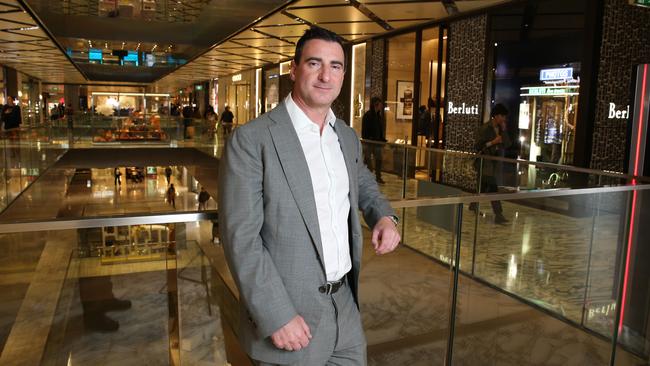
Scentre’s retailers notched up double digit sales growth across health and beauty, sports, leisure in the June half. Spending on dining and restaurants jumped 16 per cent. While tech and appliances were up 5.5 per cent. Fashion and homewares sales were more modest, up 3 per cent and 0.4 per cent respectively. The only category to go backwards in the past six months was jewellery.
“People are spending money on themselves and experiences and to the point where it’s actually not discretionary, but becoming essential. And so taking the view of health and beauty that moves very quickly from being a discretion to being an essential piece of the pie,” Rusanow says.
Scentre meanwhile has just finished the bulk of works on a $355m redevelopment at Knox in Melbourne’s eastern suburbs, with the upgrade to be fully finished by the end of the year. The next mall slated for a major facelift is Booragoon just south of Perth.
johnstone@theaustralian.com.au




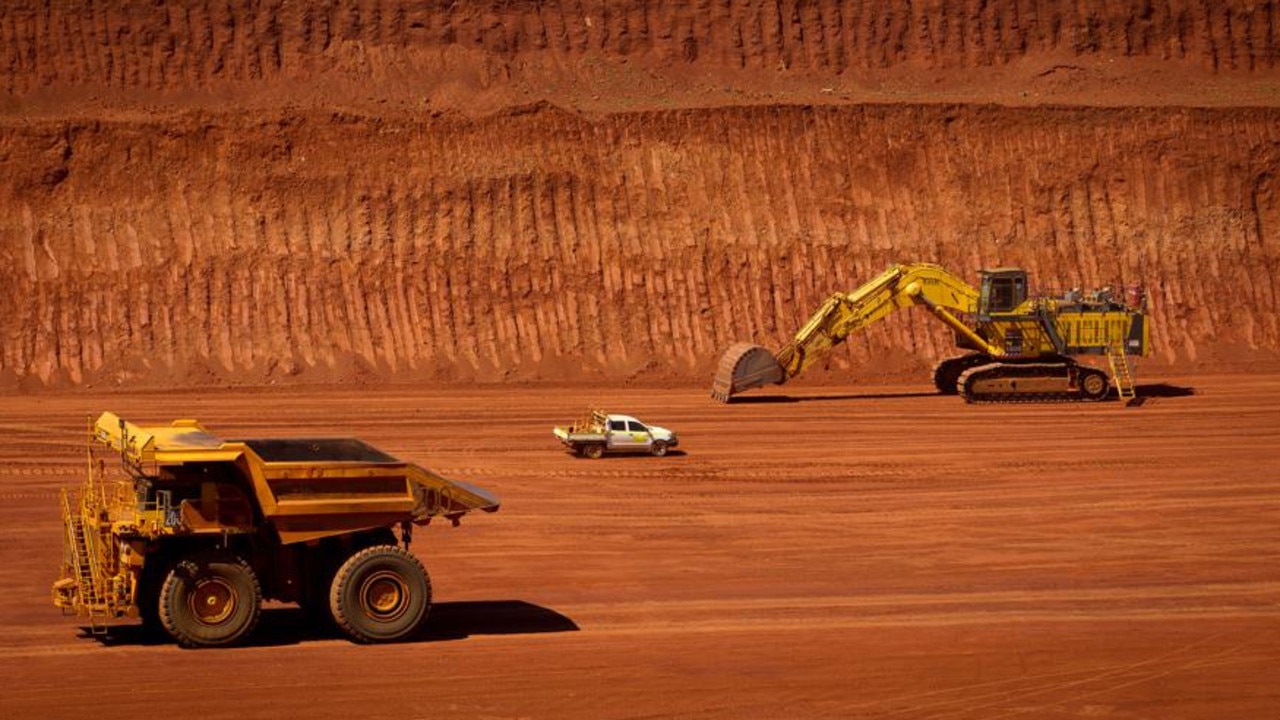

BHP chief executive Mike Henry faces a delicate few years ahead as his mining machine facing tens of billions of dollars in committed spending as he seeks to quickly bring mega-projects to life from potash in Canada to nickel in Australia.